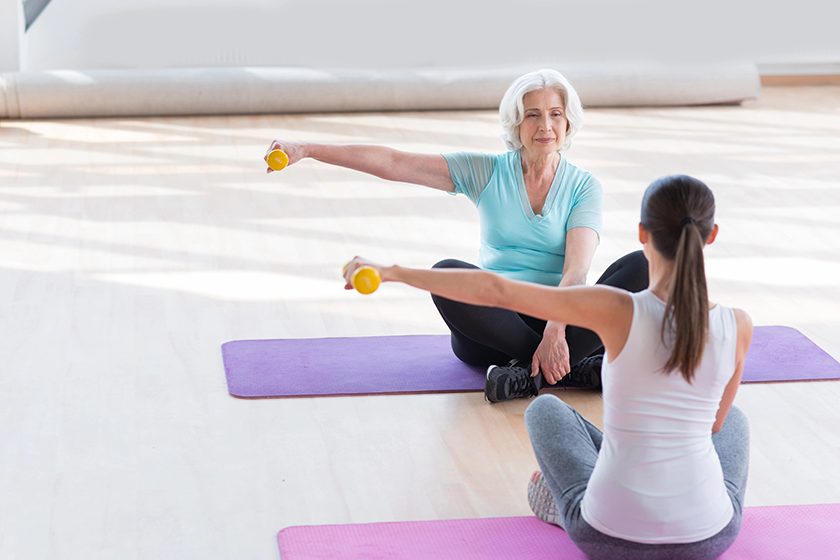Starting an exercise program tailored for older adults can boost physical health, enhance mobility and improve overall well-being. Exercise can help you and your loved ones stay active while promoting independence. If you want to build strength, increase flexibility or simply maintain a healthy routine, a seniors’ exercise program can make a significant difference in daily life.
Why Exercise Matters for Older Adults
Regular exercise is vital for maintaining strength, balance and flexibility as we age. Physical activity supports bone health, reduces the risk of falls and helps manage chronic conditions like arthritis or diabetes. More importantly, it promotes mental clarity, reduces feelings of isolation and improves mood.
Assess Physical Abilities Before Getting Started
Every exercise program should be tailored to meet the individual’s physical abilities. Before starting, it’s important to evaluate fitness levels, health conditions and any mobility limitations.
Simple tests like checking balance, flexibility and endurance can help identify which exercises will be most beneficial. For older adults with medical concerns, it’s always wise to consult a healthcare provider before beginning any physical activities.
Focus on Low-Impact Activities
Low-impact exercises are ideal for senior residents as they are easier on the joints while still delivering significant health benefits. Activities like walking, yoga, tai chi and water aerobics are excellent options.
Strength-training exercises using resistance bands or light weights can also help maintain muscle mass and bone density. These activities not only support physical health but also encourage social interaction and build confidence.
Make the Program Enjoyable
One of the most effective ways to maintain an exercise routine is to make it fun and engaging. Introducing group classes or workout sessions with peers can create a sense of community. Incorporating hobbies like dancing or gardening as part of physical activity can also help older adults stay motivated. It’s about finding exercises that fit into daily life and don’t feel like a chore.
Start Small and Build Gradually
When beginning a seniors’ exercise program, it’s important to start with short, manageable sessions. Even 10 minutes a day can make a difference. Gradually increasing the duration and intensity allows the body to adjust without the risk of overexertion. Celebrate small achievements to keep motivation high and encourage consistency over time.
Prioritize Safety
Safety should always be a top priority in any seniors’ exercise program. Choose well-lit, clutter-free spaces for exercising to reduce the risk of falls. For exercises that require equipment, make sure everything is stable and easy to use. If balance is a concern, encourage older adults to use a sturdy chair or wall for support during certain activities.
Incorporate Rest and Recovery
Older adults often need more time to recover after physical activity. Rest days are just as important as exercise sessions. Gentle stretching or light activities like walking can be done on rest days to maintain mobility. Encouraging proper hydration and a balanced diet also plays a role in supporting recovery and overall wellness.
Regularly Review and Adjust
As physical abilities and health conditions change, it’s important to reassess and adjust the exercise program. Increasing the difficulty of activities or switching to new ones can keep the routine exciting and challenging. Regular check-ins help confirm the program continues to meet the individual’s needs and goals.
Embracing Active Living in Your Golden Years
Starting a seniors’ exercise program is a simple yet impactful way to support health, independence and happiness. It’s all about creating a routine that’s safe and enjoyable. If you or your loved one is looking to stay active, consider exploring our retirement community. Contact us today to learn how our exclusive programs can support your wellness journey!







